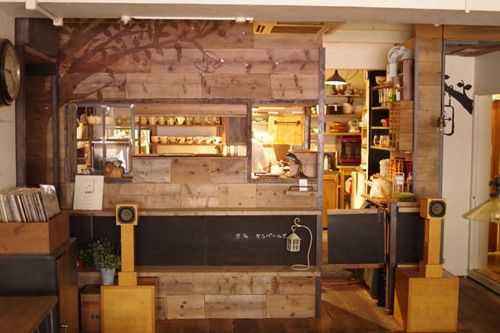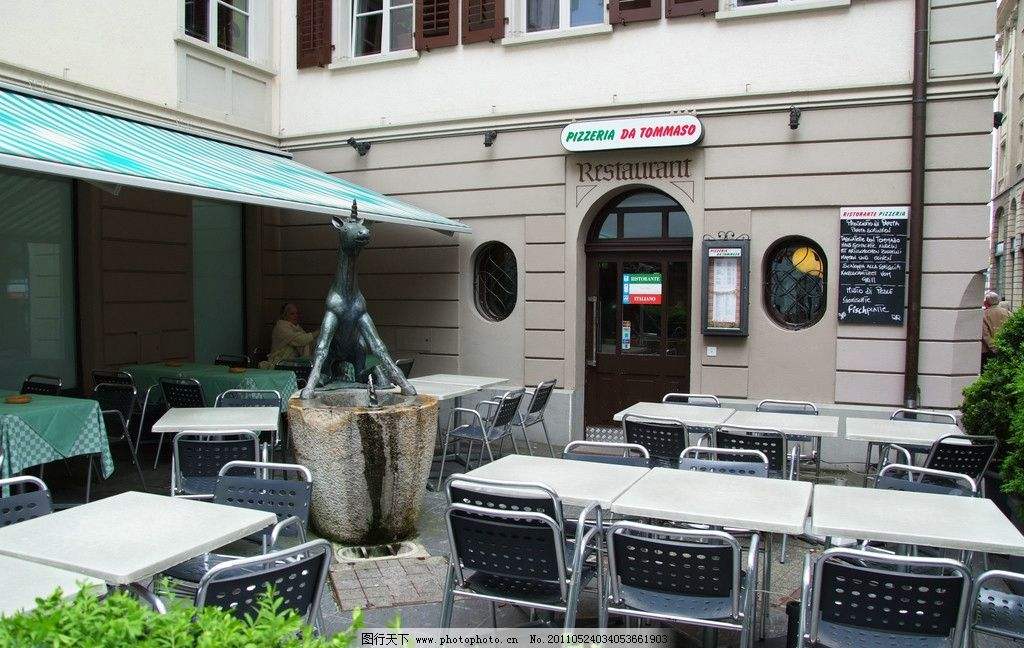What is the business scope of the coffee shop? what is the business scope of the coffee shop?
Follow the caf é (Wechat official account vdailycom) and found that Beautiful Cafe opened a small shop of its own.
The business scope of the coffee shop
Scope: business set steak pizza with boiled rice
French fries, popcorn, French multi-style crispy bananas and other snacks
Vegetables Salad fruit salad
Porridge and noodle dishes
Beer wine spruce cola cocktail Coffee Milkshake snow smoothie ice cream muffins sandwiches natural scented tea fruit grains tea fancy coffee pure coffee all kinds of dried fruits platter Fresh Juice special juice.

[related reading]
The business philosophy of a small coffee shop
Smiling is one of the most difficult and urgent problems in the catering service industry. Due to China's traditional cultural habits and other reasons, a considerable number of waiters' movements are standardized, but their expressions are shy and indifferent. Around the topic of smile, Italian strong World Coffee has established an idea system with smile as the main line:
Business philosophy-let the guests take away the smile.
Service concept-smile service + standard service + individual service = perfect service.
Management concept-smile management + system management + emotion management = times management.
Code of conduct-serve your friends with your heart and smile.
When guests meet with the waiter, the first thing they get is not service, but a feeling, which comes from the external image of the employee. A cold face, no matter how beautiful words of welcome, no one will feel welcomed. In order to make the first impression of the guests, we carried out the first part of smiling. This link is the "three elements of smile-expression, figure and language". The core is to let guests have a good first impression no matter where they meet any employee in the hotel.
The first element is facial expression. Employees are required to focus their eyes, relax their facial muscles, raise the corners of their mouths, and open their lips to reveal eight teeth.
The second element is body shape. Employees are required to keep their heels together, straighten their legs, hold their right hand and place their left hand in front of their lower abdomen, and their upper body bows 30 degrees.
The third element is language. Employees are required to use honorific naturally and kindly.
In order to put the "three elements" of a smile into practice, the first piece of advice employees heard when they entered the store was: "people who can't smile at guests are not fit to care about work." The first training lesson I received was how to practice smiling. We have produced and hung four picture frames in each department, which are portraits of the Mona Lisa, the star actress and two waiters and waiters in the hotel. At the same time, it is pointed out that the smile of the Mona Lisa is implicit, and the smile of the star actors is too cheerful. What we advocate is the brilliant smile of the excellent waiters around us.
We take to watch the model, learn to smile; ponder carefully, practice smiling; control the mirror, freeze the practice method of smiling, and take the department as a unit, carry on one-to-one, one-to-two, one-to-whole department exercises every morning, and implemented three-level rewards, smile competitions and other incentive measures, so that smile this link to achieve monthly research, weekly focus, every day in practice.
To achieve the "four characteristics" of guest service
Espresso has implemented the second part of smiling to serve the guests with "four sexes" as the main content. We decompose the "personality, initiative, quickness and subtlety" in the service process into all positions in all departments, not only the front-line departments such as lobby, floor, restaurant and security have four standards, but also engineering, kitchen, finance and other second-tier departments also have four standards, extending meticulous functions to every position in the restaurant.
The personalization of service. This year, on Valentine's Day, the restaurant prepared a rose and chocolate for every couple in the chain as a Valentine's Day gift. To the satisfaction of the guests. This kind of special personalized service is not only a test for the western coffee restaurant, but also a kind of training for the brand.
The initiative of service. Active service and passive service is a ruler to measure whether an employee treats a guest as a friend (as God is too abstract). It is easier to take the initiative to carry suitcases for guests, light cigarettes for guests, hang clothes for guests and other institutional active services. As a manager, the focus of employee initiative service training should be on activating employees' awareness of active service outside the scope of the system. For example, calling out the name of a guest's child is more cordial than remembering the guest's name; finding a need in the guest's eyes is far better than the service after the guest beckons.
The quickness of service. The speed and efficiency of service are directly proportional to guest satisfaction. In the regular service, in order to order and serve for the guests in the shortest time, and in order to deliver what they want to the guests in the shortest time, the restaurant should be more innovative and less rigid in improving working procedures and simplifying operating procedures. Under special circumstances, the people in the coffee shop have to rush out of the routine to meet the urgent needs of the guests and help the guests.
The nuance of the service. The subtlety of the service lies in the employees' careful observation of the potential needs of the guests and their proactive response. For example, help the young and old in elevators, stairs, halls, etc.; remind guests when they go upstairs and encounter wet ground. These are small things, but we can see the whole through a small part, giving birth to the extraordinary in the ordinary.
Important Notice :
前街咖啡 FrontStreet Coffee has moved to new addredd:
FrontStreet Coffee Address: 315,Donghua East Road,GuangZhou
Tel:020 38364473
- Prev

Coffee shop management plan book, campus coffee shop marketing plan
Following Jiabei (Wechat official account vdailycom) found that Beautiful Cafe opened a small shop of its own. Market environment analysis 1 Environmental analysis as far as China is concerned, the vast majority of consumers still regard eating western food as a luxury. It is even more remote to eat western food and drink coffee in a place with soft lights and elegant decoration. It is even more difficult to push it to the university campus.
- Next

Coffee shop business scope content, it is necessary to do a good consumption survey
Following Cafe Review (Wechat official account vdailycom) found that Beautiful Cafe opened a small shop of its own. If you want to open a good coffee shop, you need to do a good survey of the business circle and consumers in the early stage. How to do? Let's learn more about it. The location characteristics of coffee shops it is not easy to open a good coffee shop. Opening a small coffee shop can not attract all the customers, so it is on the site selection side.
Related
- What documents do you need to go through to open a coffee shop? coffee shop coffee shop certificate processing process
- How to purchase Coffee beans in small Cafe how to choose a suitable supplier for domestic Coffee supply Company
- How to drink Starbucks Fragrance White Coffee? how to make Australian White Coffee? what Italian coffee beans are recommended?
- The Story of Flora Coffee: the name of Flora Coffee Bean and the implication of the Flowers on Florna Coffee
- How much does a cup of coffee cost? How much is the profit of a cup of coffee? What is the profit of the coffee shop in a year?
- Yunnan small Coffee, known as "fragrant Coffee", introduces the characteristics of Alpine Arabica Coffee producing areas in Yunnan, China
- 2023 latest Starbucks full menu price list how much is a cup of Starbucks coffee what is better to drink the most popular hot and cold drinks recommended
- Starbucks different kinds of Coffee Price list Starbucks menu 2023 Top Ten Best drinks in Starbucks
- Starbucks Spring praise Comprehensive matching Coffee Bean theme Story Packaging implication and taste description
- The cost of a cup of coffee latte American coffee cost price and selling price

